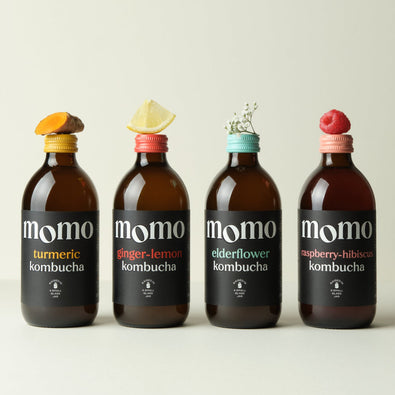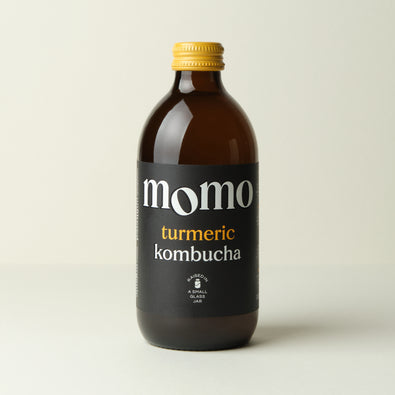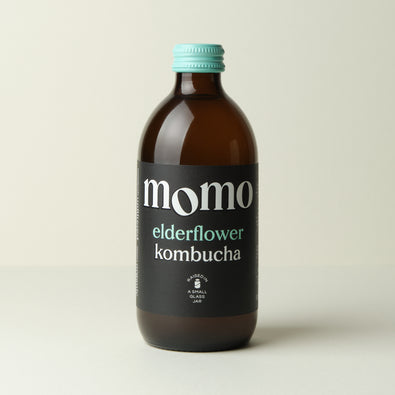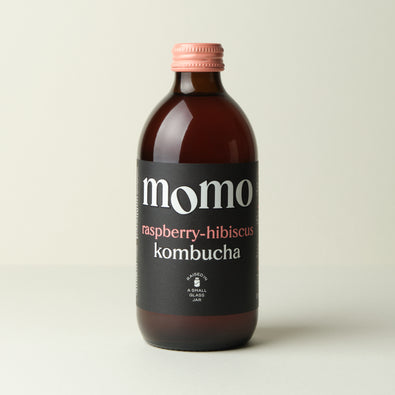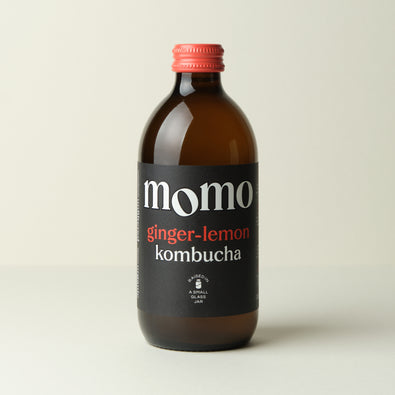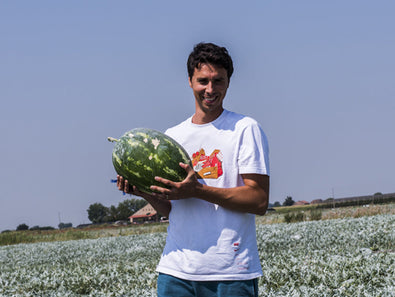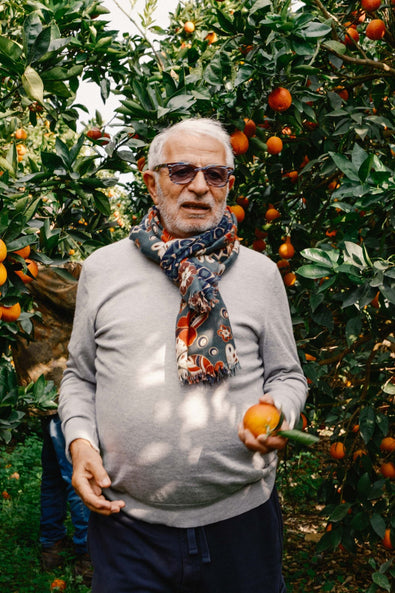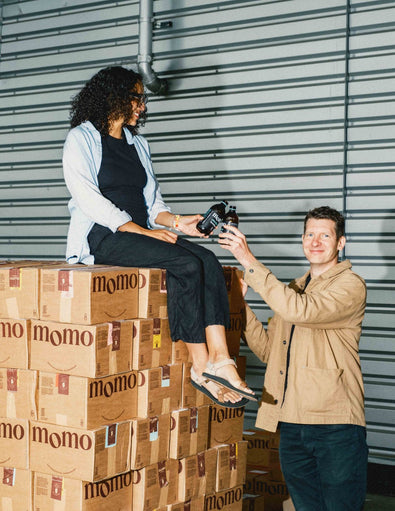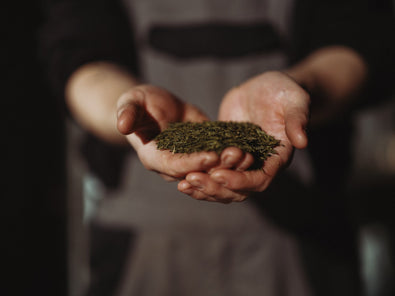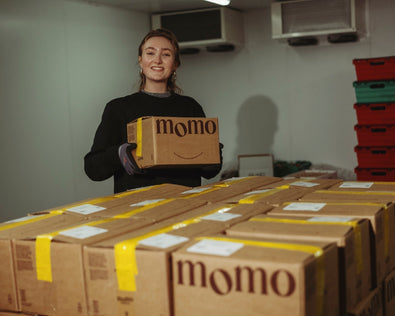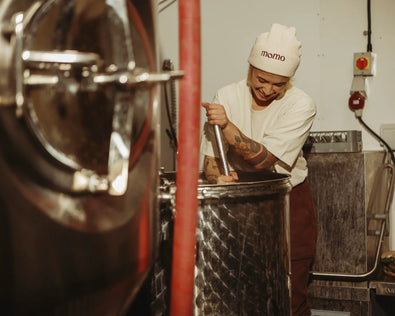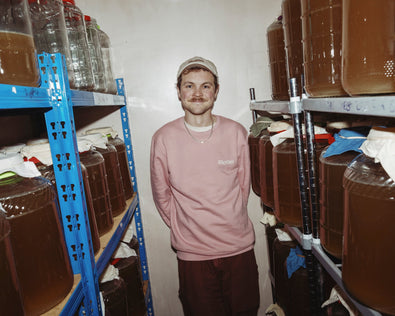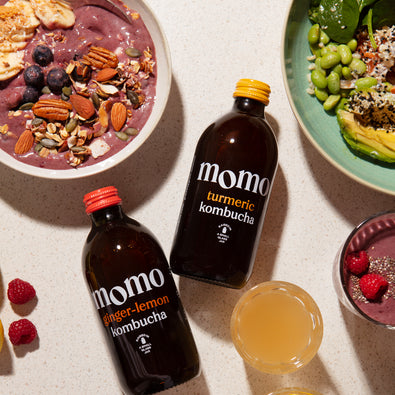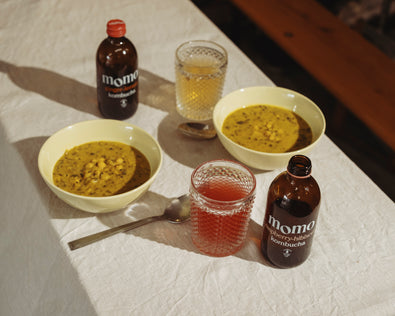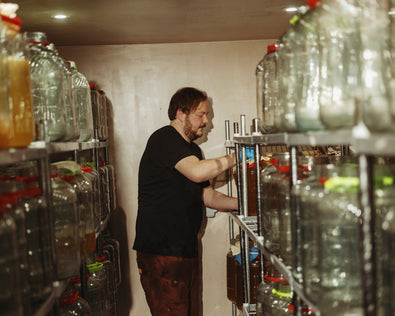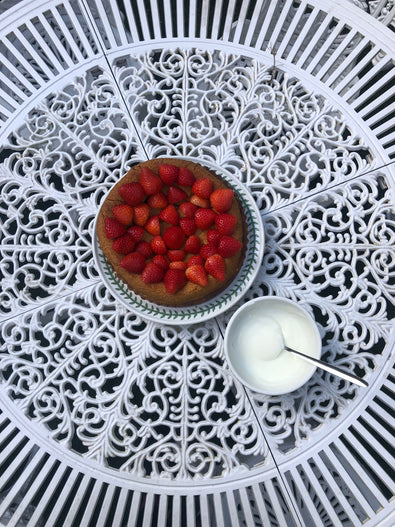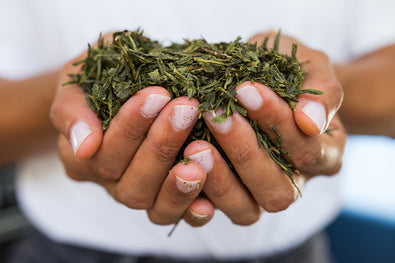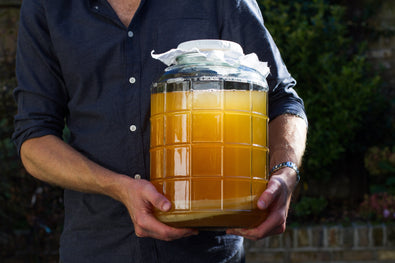We asked our head brewer, Matt, to explain the mysterious role of the SCOBY in kombucha.
SCOBY is an acronym for Symbiotic Culture of Bacteria and Yeast. It is the fermentation starter that turns tea, water and sugar into delicious, healthy kombucha.
In this blog, we are going to delve into the function of bacteria.
Each kombucha has its own unique makeup of hundreds of bacteria and yeasts. Even different batches of MOMO will have slightly different balances between them - environmental changes like fluctuating temperature and humidity will create better environments for certain strains to flourish. As we ferment the old-fashioned way, in small glass jars, the makeup of our kombucha is constantly changing and no two batches will be exactly the same (a bit like an organic farmer growing vegetables, each vegetable grown is completely unique). This is part of the joy of fermentation – it’s a living, organic, natural process.
The main bacteria in kombucha are Acetobacter and Gluconoacetobacter. They are broadly similar but have slightly different functions in the purposes of producing kombucha. These bacteria produce lots of healthy acids, including acetic acid (giving the kombucha its unique tang) and gluconic acid.
One important function of both bacteria is to restrict alcohol production, which they do in a pretty interesting way. The acetic acid produced initially stimulate the yeasts to produce more ethanol - which would theoretically increase the alcohol content. However, both bacteria feed on this ethanol, and in turn produce more acetic acid, which the yeasts then turn into more ethanol. Hence, the symbiotic relationship between the bacteria and yeast!
The main fermentation of a batch of MOMO takes place in a small glass jar in our fermentation room, at about 28 degrees celsius. When it is ready, we bottle it and then chill it to slow down the fermentation. We don’t filter or pasteurise, meaning all the live cultures from the jar end up in the bottle. What this does mean is that it is constantly fermenting - this is why we urge you to refrigerate every bottle of MOMO.
Hopefully this article has given you a bit of information on some of the bacteria in a SCOBY, and therefore in a bottle of MOMO.

